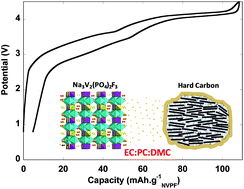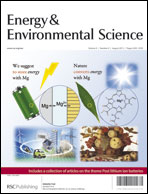*
Corresponding authors
a
Institut de Ciència de Materials de Barcelona, ICMAB-CSIC, Campus de la UAB 08193 Bellaterra, Spain Institute, Spain
E-mail:
rosa.palacin@icmab.es, aponrouch@icmab.es
Fax: +34 935 805 729
Tel: +34 935 801 853 #279
b
IPREM-ECP (UMR 5254 CNRS), University of Pau, Hélioparc, 2 av. Pierre Angot, 64053 Pau cedex 9, France
c
Department of Applied Physics, Chalmers University of Technology, SE-412 96 Göteborg, Sweden
d
CNRS, Univ. Bordeaux, ICMCB, UPR 9048, F-33600 Pessac, France
e
Laboratoire de Réactivité et Chimie des Solides, Université de Picardie Jules Verne, CNRS UMR7314, 33 rue Saint Leu, 80039 Amiens, France
f
ALISTORE-ERI European Research Institute, 33 rue Saint Leu, 80039 Amiens, France
g
Réseau Français sur le Stockage Electrochimique de l'Energie (RS2E), FR CNRS 3459, 33 rue Saint Leu, 80039 Amiens, France


 Please wait while we load your content...
Please wait while we load your content...